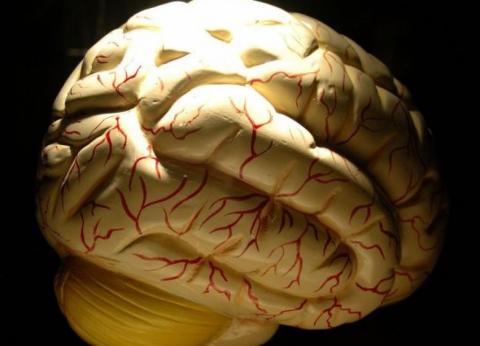Epilepsy or “seizure disorder” is a descriptive term for the syndrome of periodic, rapid onset, time- limited attacks of neuronal dysfunction in the brain. Although you can find websites that tell you that the cause of epilepsy is unknown, this is not quite accurate. Epilepsy almost always is the result of the presence of a small damaged area or areas in the brain, especially in the temporal lobes. Naturally, there are many ways to get brain damage – accidents, birth defects, brain tumors, strokes, infections and so on. Anyone with new onset of a seizure needs a medical work-up to rule out conditions that need treatment. Not everyone who has these things will get epilepsy. But if you do, the typical attack starts with the misbehavior of the area in question, followed by a “generalization” across the brain, leading to further dysfunction and symptoms.
A small area of brain involvement might produce a “simple partial seizure,” with, for example, jerking of an arm or a leg. This is rare, as usually the seizure activity progresses to the “partial complex seizure.” This can take many forms, but now involves enough of the brain that there are changes in consciousness. People having a complex partial seizure might stare or stop responding to the outside world, and they will often pick or paw at their clothes or make other semi-purposeful movements. If the seizure can spread enough you get the classic “tonic-clonic” or “grand-mal” seizure where the person affected falls to the ground, loses consciousness and has incontinence and a general and rather intense jerking of all limbs.
This is not in and of itself a medical emergency, and seizures of any kind usually last only a minute or two, but that’s not going to stop any rational person who sees this in a public place from calling 911. This is one of the chief problems with epilepsy – it makes you look stupid in public. Another big problem is that in today’s automobile-dependent world, you can’t drive with epilepsy; unless it is well-controlled, because there is usually no way to predict when an attack will happen.
Epilepsy has been well described in many of the earliest medical texts we have from all over the world, along with a variety of interesting treatments. Although these early treatments are, to say the least, no longer standard of care, they do tend to have a theme of avoiding excitement and inducing calm in the patient – recognition of the “overexcitement” component of the disorder. Along these lines the first drug treatments in the modern sense were sedatives, for example valerian (catnip, and yes people can get high too, but probably not on the low-quality stuff sold for cats), described in 1771, and bromide, prescribed starting in the 1850s. Even surgery for epilepsy started not that long after. The logic of trying to remove the seizure-starting part of the brain was apparent, and surgery over the next 120 years or so have basically been a story of refinements in techniques for localizing lesions, removing them, and accurately predicting the severity of the consequences of removing parts of the brain.
Usually, the part that needs to be removed is in the aforementioned temporal lobe-the part of the brain that looks like the thumb of a catcher’s mitt from the side. Because life is like that, the problem area is usually on the inside, deep within the brain, where it is harder to get to. The temporal lobes also are involved in important brain functions like memory and language, and damaging them can be problematic.
Therefore most people with seizures don’t go right to the OR. There are a number of antiepileptic drugs and the majority of people can achieve adequate seizure control with these medications. For those that don’t, there can be some medical decisions to make. For the right candidate, the results of surgery can be very gratifying-producing a decrease or even elimination of previously intractable seizures




